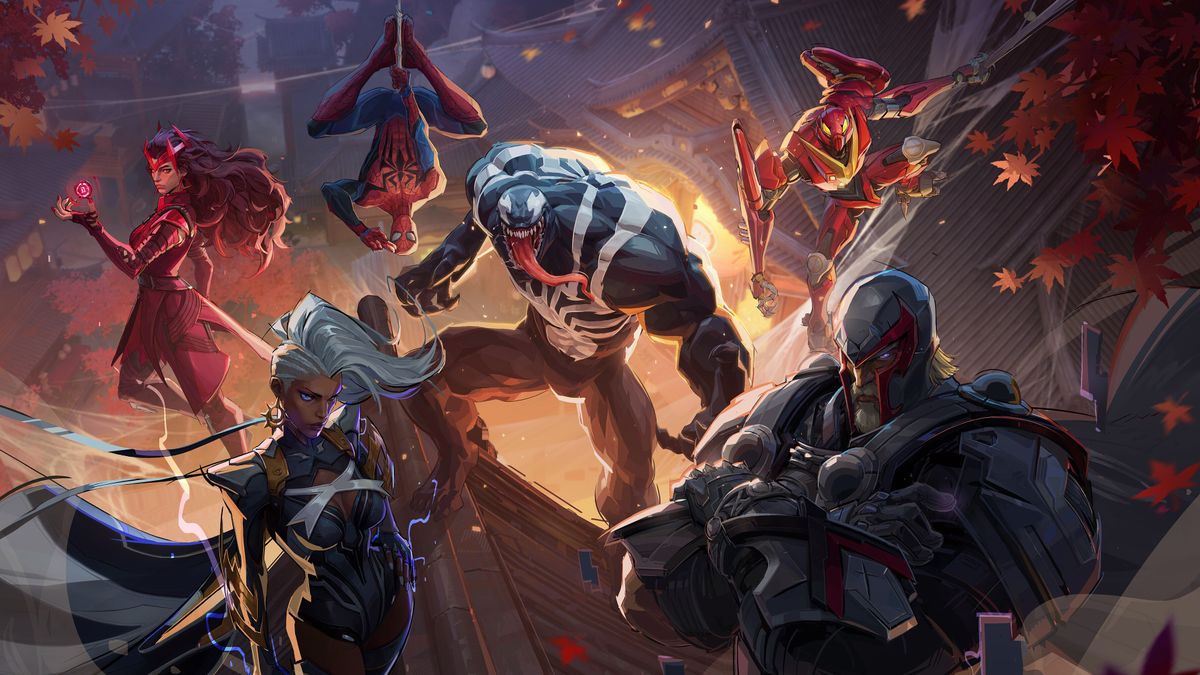For decades, the New Zealand government in Aotearoa has tried to eliminate te reo Māori, the language of the Indigenous Polynesian people of Aotearoa. Thus far, it’s failed. While the current right-wing government coalition is working to suppress the language with the largest political backing in years, organizers, storytellers, and te reo speakers are arguing they have a “forever language” — and they have six te reo dubbings of Disney animated films, most recently with November 2024’s Moana 2 Reo Māori, working in their favor.
Both the modern New Zealand government and its tension with te reo began in 1840, with the British Crown and Māori representatives signing the Treaty of Waitangi, the government’s founding constitutional document whose differing bilingual versions have led to over a century of consequences and scrutiny. Over the following decades, colonization, assimilation, and English-language domination diminished te reo’s reach. By 1975, only 5% of Māori schoolchildren could speak te reo, and by 1979 the language was considered endangered and headed toward extinction. Children were beaten for speaking their mother tongue, educated in schools that banned te reo, and surrounded by English-speaking media.
This week on Polygon, we’re looking at how cultural differences affect media in a special issue we’re calling Culture Shock.
As revitalization efforts ramped up in the ’70s and ’80s, advocates and activists placed special attention on how to bring te reo into broadcasting and education. Early revitalization successes often were tied to immersion programs with large community buy-in, places where te reo was always in the background. By 1987, the Māori Language Act gave te reo Māori the same official status as English.
Today, Aotearoa has had decades of te reo Māori radio programs, newspapers, TV shows, and other broadcasting opportunities. And in the last seven years, Disney films have begun to be rereleased in te reo, both in local theaters and through Disney Plus. This effort has been led by Disney’s collaboration with Matewa Media, a media organization built to contribute to te reo Māori and Indigenous stories. Matewa began when producers Chelsea Winstanley and Tweedie Waititi noticed their babies watching Moana in the background. They felt Moana, which includes Māori mythology, details, and words (“moana” means ocean) was a great place to begin, and audiences agreed — when the te reo version came to theaters, bookings sold out within 30 minutes.
So far, the collaboration has also produced te reo versions of Coco, The Lion King, Frozen, Encanto, and Moana 2, and Matewa Media is expanding outside of Disney films this March with Shrek. Disney has collaborated on Indigenous-language dubs before, from Frozen 2 in Sámi to Bambi in Arapaho, but Disney Reo Māori stands out for being an ongoing collaboration, with Matewa returning year after year to adapt new cartoons. November 2024’s Moana 2 also hit another milestone: For the first time, a Disney Reo Māori film was released alongside its English counterpart.
Each film involves extensive localization efforts. Script translation requires translators to balance meaning, flow, timing, humor, and more. The dubs can also include dialects: Coco was translated into an East Coast dialect, Ngāti Porou reo, while Frozen was adapted to the regional dialects of the South Island, Aotearoa’s coldest climate. Syncing these dubs to characters’ already animated mouths is a challenge in itself, and especially difficult because every Māori word ends in a vowel.
Those adapting the films have also made efforts to ensure the local cultures depicted in the Disney films have been honored, like having voice actors take lessons in Spanish and Mexican culture with Mexican comedian Edd Rivera for Coco Reo Māori, or working with Mauricio Lozano and Hana Mereraiha on Colombian culture for Encanto Reo Māori. This gave both creators and fans opportunities to see the similarities between global cultures: Coco Reo Māori was purposefully released in time for Matariki, an Indigenous holiday that celebrates the dead, similar to Mexico’s Day of the Dead as seen in Coco.
Modeling suggests that currently one in five Māori and one in 25 people from Aotearoa speak te reo. Detractors have said te reo Māori is too small of a language to be important to dub, the rereleases are a taxpayer burden, and the films are a sign Disney is “spoiled by added wokeness.“ The New Zealand Herald locked Facebook comments over racist comments related to the issue, or, as the Herald described them, “the same stale, jealous, narrow-minded, no-life-having, hōhā, pathetic NONSENSE being spouted by people that would hijack a post about a Disney film just to have a sook.”
The reception for each film has gone beyond the screen, with red carpet premieres, showings across the country, and school trips for classes to see the new versions. The films join other recent releases that prioritize revitalized endangered languages, like Kneecap (Irish), Prey (Comanche), and Sooyii (Blackfoot), as well as recent originally-in-Māori films like The Convert and Ka Whawhai Tonu. To Harrison Tu, a Texan 7,000 miles away from Aotearoa, Disney Reo Māori has been a way to connect with a language despite the distance. He keeps the rereleases on in the background as a way to hear the language in daily life, in between online lessons and practice. “I’ve gone to sleep to their Disney soundtracks a few times,” he says (they are on Spotify). He’s never seen Encanto in English, only in Spanish and soon in te reo.
As Matewa Media’s projects have increased in number, so has government disinvestment and suppression of te reo. The new coalition government, sworn in a year ago, is the most conservative in a generation. Since the coalition came to power, government ministries have been pressured to stop using te reo names and te reo in government communications, while cutting $30 million in funding for teachers to learn Māori, affecting 2,000 teachers and their students. Sweeping job and funding cuts have taken effect at Whakaata Māori, a government-funded Māori television channel, and an urgent inquiry brought to the Waitangi Tribunal, a commission dealing with Treaty breaches, claimed the government is doing “significant irreversible harm to te reo Māori.”
”It’s constant. Weekly attacks; whether it’s Māori language, whether it’s the Tribunal, whether it’s any kaupapa Māori [the Māori way/approach]. It’s a weekly and constant attack,” Labour Party Māori development spokesperson Willie Jackson said to the Parliament press gallery. This escalated even further this past November, with the introduction of the Treaty Principles Bill, a conservative reinterpretation of the 1840 Treaty of Waitangi that opponents say deliberately excluded Māori consultation and could mean the end of the original founding treaty. In a press release, Māori Party co-leader Rawiri Waititi said, “This Government is waging war on our existence as Māori and on the fabric of this nation.”
Cultural victories are not political wins. But that doesn’t mean pop culture doesn’t have power. “It is important to be seen on film, especially for our children, our grandchildren [...] normalizing something like this is very important,” said Hinetu Dell, who plays Abuela Alma, on the Encanto Reo Māori red carpet. These rereleases can act as learning tools, inspirations, and thorns in the sides of those who want to clamp down on te reo.
On Māori Language Day 2024, in the capital of Aotearoa, the lights dimmed in the Light House Cuba cinema. Encanto Reo Māori began to play to a small audience of all ages. The film had no subtitles, just te reo and the resonant singing voices of Hinetu Dell, Te Waimarie Ngatai-Callaghan (Mirabel), and Poroaki Merritt-McDonald (Bruno). The dubbing was seamless, from the mouth movements to the flow of musical numbers, the film working as an entirely te reo Māori production. Some children might only know the te reo version. As Awatea Wihongi (who voices Luisa) told Pacific Media Network last year, that makes this generation lucky.

 7 hours ago
3
7 hours ago
3









 English (US) ·
English (US) ·